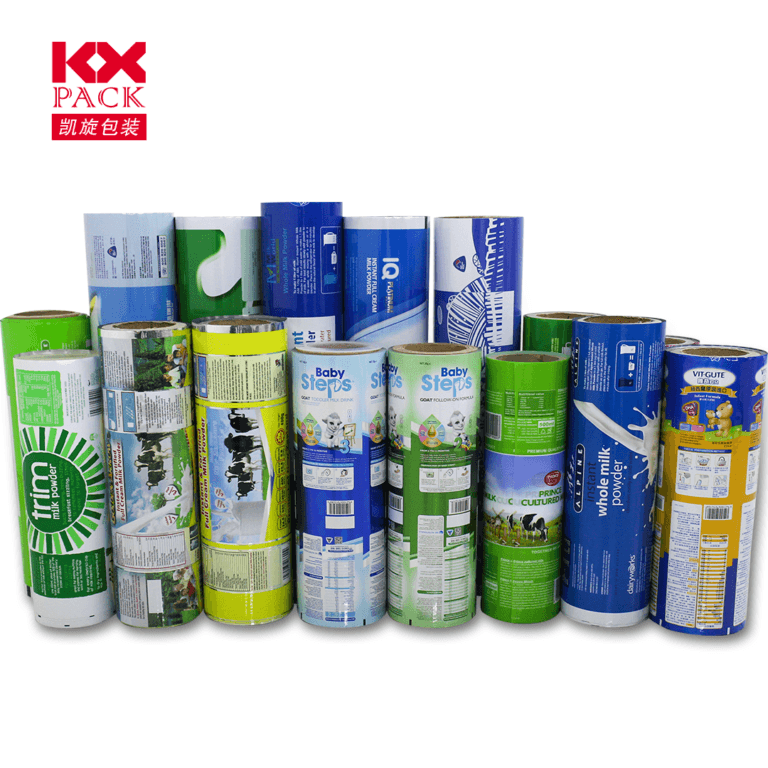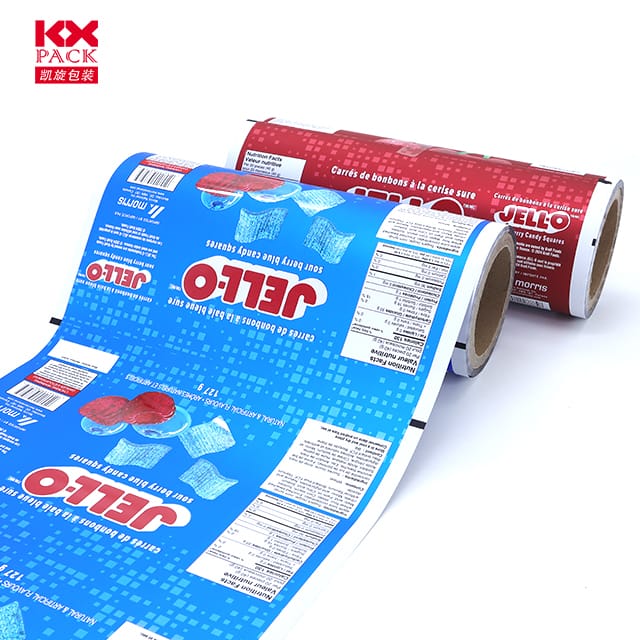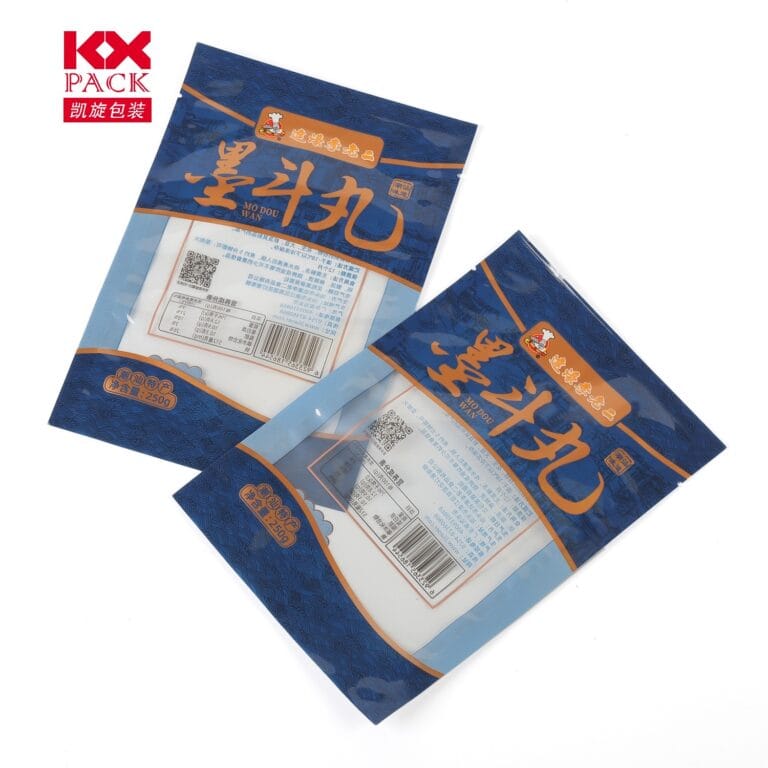การเพิ่มขึ้นของผู้ผลิตฟิล์มบรรจุภัณฑ์ที่ยืดหยุ่น: เป็นผู้บุกเบิกการพัฒนาอย่างยั่งยืนและนวัตกรรมในบรรจุภัณฑ์ที่ทันสมัย
ฟิล์มบรรจุภัณฑ์ที่ยืดหยุ่น
In an era where convenience, ความยั่งยืน, และความต้องการด้านต้นทุนทำให้ผู้บริโภคและอุตสาหกรรมมีความต้องการ, flexible packaging film manufacturers have emerged as key players in reshaping the global packaging landscape. บริษัท เหล่านี้มีความเชี่ยวชาญในการผลิตน้ำหนักเบา, วัสดุที่ปรับได้ที่ปกป้องผลิตภัณฑ์ในขณะที่ลดผลกระทบต่อสิ่งแวดล้อม. ตั้งแต่อาหารและเครื่องดื่มไปจนถึงยาและอุปกรณ์อิเล็กทรอนิกส์, flexible films are revolutionizing how goods are packaged, stored, and delivered. Let’s explore the trends, ความท้าทาย, and innovations defining this dynamic industry.
Why Flexible Packaging? The Advantages Speak Volumes
Flexible packaging films—made from materials like polyethylene (วิชาพลศึกษา), โพรพิลีน (PP), โพลีเอสเตอร์ (สัตว์เลี้ยง), and biodegradable laminates—offer unmatched versatility. Unlike rigid packaging (เช่น, glass or metal), these films can be molded into pouches, กระเป๋า, wraps, or liners, adapting to products of all shapes and sizes. Key benefits include:
- Reduced Material Use: Lightweight films lower shipping costs and carbon footprints.
- อายุการเก็บรักษา: Advanced barrier properties protect against moisture, ออกซิเจน, and UV light, รักษาความสดใหม่.
- Consumer Convenience: Resealable zippers, spouts, and easy-tear features enhance usability.
- Brand Visibility: High-quality printing options allow for vibrant, eye-catching designs.
ความยั่งยืน: The Core Challenge and Opportunity
As global awareness of plastic pollution grows, flexible packaging film manufacturers are under pressure to innovate. Traditional single-use plastics face backlash, but the industry is responding with eco-friendly solutions:
- ภาพยนตร์ที่ย่อยสลายได้และสามารถย่อยสลายได้: Made from plant-based materials like polylactic acid (ปลา), ภาพยนตร์เหล่านี้พังทลายลงอย่างเป็นธรรมชาติภายใต้เงื่อนไขเฉพาะ.
- Recyclable Laminates: Multi-layer films are being redesigned for easier recycling, while chemical recycling technologies convert waste back into raw materials.
- รีไซเคิลหลังผู้บริโภค (PCR) เนื้อหา: Manufacturers are incorporating recycled plastics into new films, ลดการพึ่งพาวัสดุบริสุทธิ์.
Companies like Amcor, Bemis, and Sealed Air are leading the charge, setting ambitious goals to achieve 100% recyclable or reusable packaging by 2025–2030.
Technological Advancements Driving the Future
The flexible packaging sector is a hotbed of innovation, with manufacturers investing in:
- บรรจุภัณฑ์อัจฉริยะ: Films embedded with sensors or QR codes that track freshness, authenticate products, or engage consumers via apps.
- ภาพยนตร์สูง: Nanotechnology and advanced coatings enhance protection for sensitive goods like coffee, ของว่าง, และเวชภัณฑ์.
- การพิมพ์ดิจิตอล: On-demand, short-run printing reduces waste and enables hyper-personalized branding.
- Automated Production: AI-powered machinery optimizes material usage and speeds up manufacturing, meeting the demands of e-commerce and fast-moving consumer goods (FMCG).
Market Trends and Global Outlook
The global flexible packaging market is projected to reach$350 พันล้านโดย 2030, ขับเคลื่อนโดย:
- Rising e-commerce sales: Demand for lightweight, durable shipping materials.
- Urbanization and busy lifestyles: Pre-portioned, on-the-go packaging solutions.
- Health and safety concerns: สุขอนามัย, tamper-evident films for pharmaceuticals and food delivery.
Asia-Pacific leads growth, with countries like China and India investing in flexible packaging infrastructure to serve their vast consumer bases. ในขณะเดียวกัน, Europe and North America focus on regulatory compliance and circular economy initiatives.
Choosing the Right Manufacturer: ข้อควรพิจารณาที่สำคัญ
For brands seeking aflexible packaging film manufacturer, partnering with a reliable, innovative supplier is critical. Look for:
- การรับรอง: Compliance with FDA, สหภาพยุโรป, and other safety standards.
- Customization Capabilities: Ability to tailor film thickness, barriers, and features to your product.
- Sustainability Commitment: Transparency in sourcing and waste reduction practices.
- Scalability: Flexibility to handle small batches or large-volume orders efficiently.
ความคิดสุดท้าย: Flexibility Meets Responsibility
The future of packaging is flexible—but it must also be responsible. As manufacturers continue to innovate, the focus remains on balancing performance, cost, and planetary health. By embracing circular economy principles and cutting-edge technology, flexible packaging film manufacturers are not just adapting to change; they’re driving it.
Is your brand ready to make the switch to smarter, greener packaging? แบ่งปันความคิดหรือคำถามของคุณในความคิดเห็นด้านล่าง! 🌍📦






